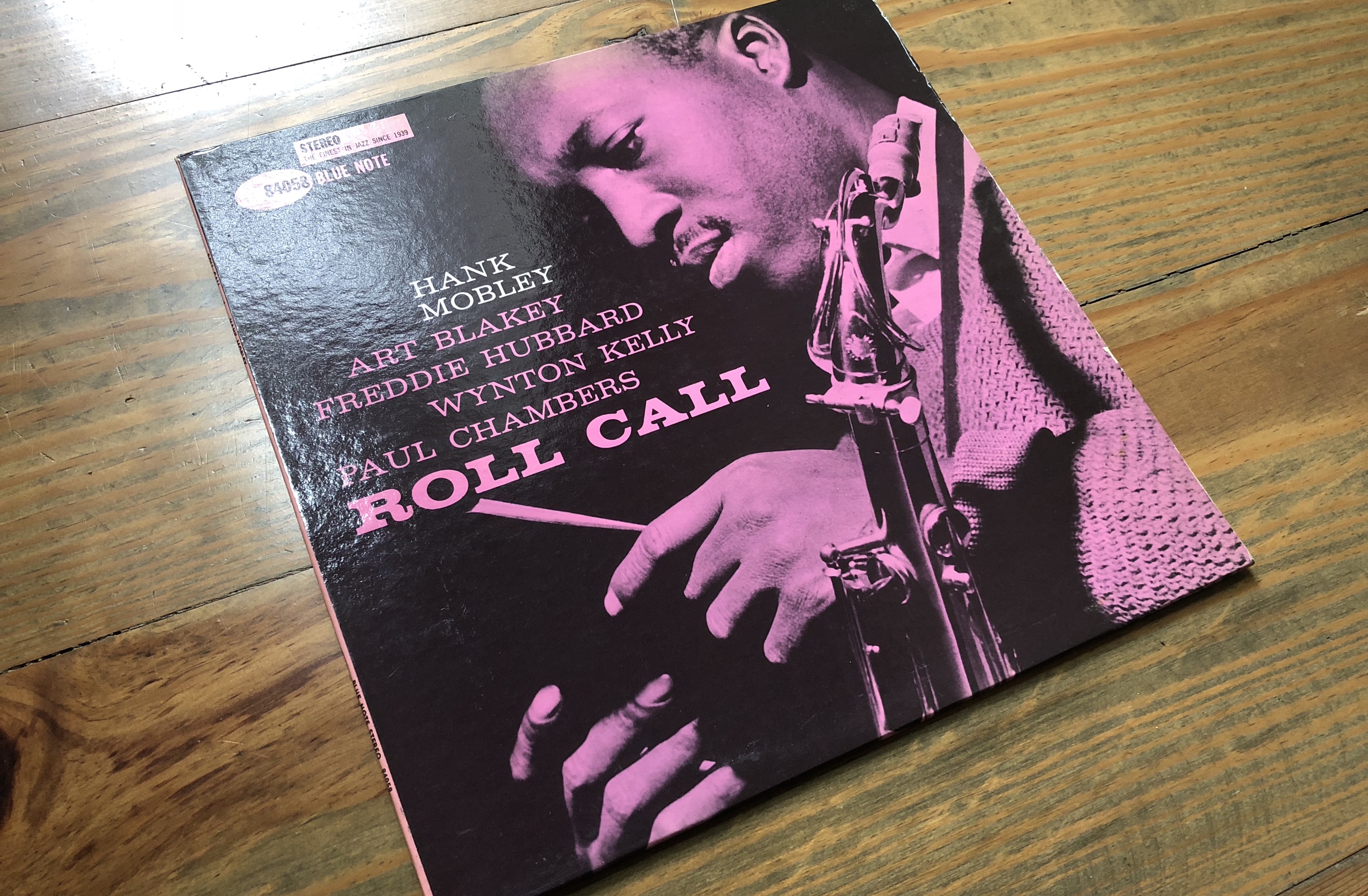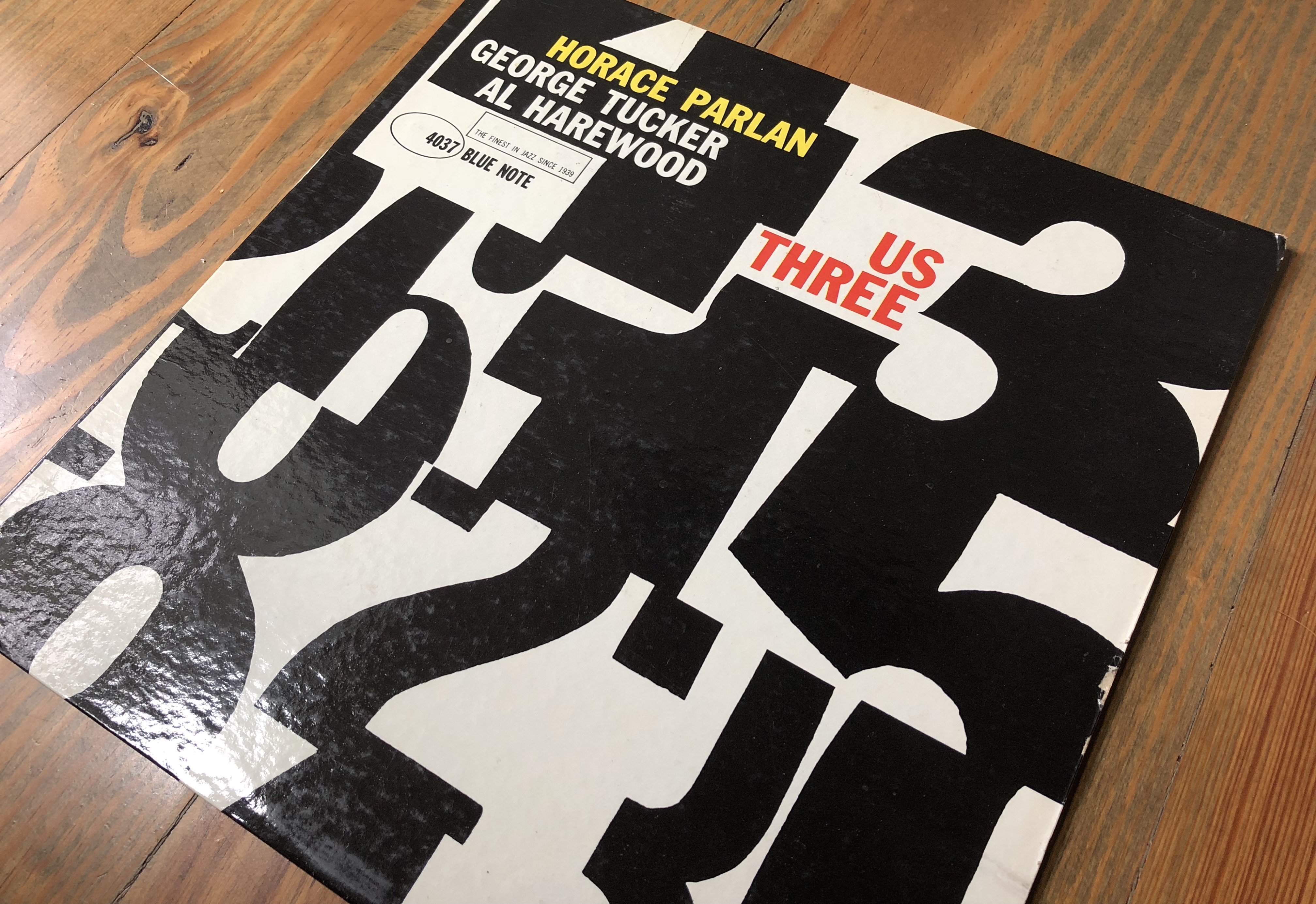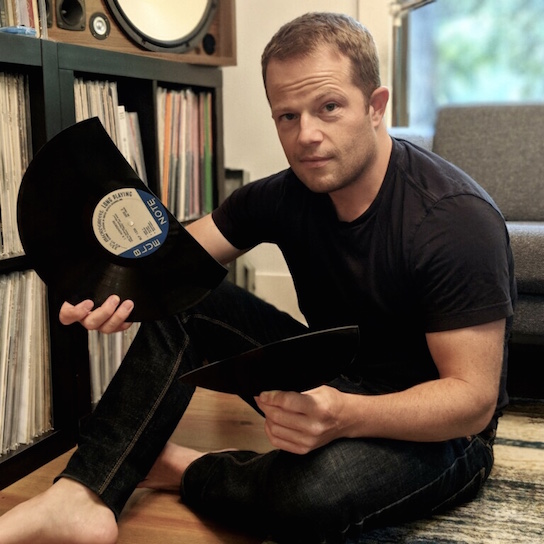 |
Fittingly coming off the tail of @jazz_peasant’s recent interview, I bring you another refreshingly honest convo, this time with Christopher Brown a.k.a. @what_can_brown. Chris brings us yet another unique insight into the art of jazz record collecting. Chris does most of his buying online and has plenty of advice to offer in that arena. Since September 2014, Chris has amassed over 2,500 posts on IG, making him by far the busiest Instagrammer of all the interviewees thus far. Some of his most impressive acquisitions include many coveted 1500 series Lee Morgan Blue Notes (Indeed, Volume 3, City Lights, Candy), an original pressing of Sonny Clark’s Cool Struttin’, and some of the rarest titles released by Transition (Watkins at Large, Byrd Blows on Beacon Hill) and Jazz Line (Dave Bailey’s Bash! and Duke Pearson’s Hush!). Though Chris got his start collecting jazz in 2012, he sports a deep collection that could easily be the work of a veteran with three decades of time invested. I’ll let the man do the talking from here on out.
DGM: How long have you been collecting records and jazz records specifically?
Chris: My interest in jazz music, and later records, started in college. I attended Wesleyan University in the early 2000s, and took jazz performance and theory classes taught by Jay Hoggard and Anthony Braxton. The school actually has a great tradition of attracting influential jazz musicians to the faculty, which in years past has included Clifford Thornton, Marion Brown, Nathan Davis, Darius Brubeck, and others. In addition to being exposed to a ton of jazz music in class, my roommates and I would take advantage of the inter-library loan program, where you could borrow music not just from the campus library, but any university in the network. We would request box sets like Coltrane’s Complete 1961 Village Vanguard Recordings, copy it to CD-R, and return it. Burned CDs were my first entry to collecting music.
Around the same time, my uncle had started buying jazz records. He was living in Princeton, which made frequenting the Princeton Record Exchange convenient. Keep in mind we’re talking 2002-2003 time frame, so I had absolutely no interest in paying money for music. Not only was I a college student, but Napster, Audiogalaxy, Kazaa, etc. had taught us that music shouldn’t cost money. My uncle refurbished an old Sanyo record player that year and gave it to me for Christmas hoping that I would catch interest, but I’m not sure I plugged it in until 2012 when I started buying records. I guess that means I’ve been collecting for 6 years now.
DGM: How did you get started collecting jazz records?
Chris: Jazz is far from the only music I listen to, but it’s the only music I listen to on vinyl. The first time I walked into a record store was while visiting a collector friend in Nashville. We went to The Great Escape, a well-known record store there, and I picked out Blue Mitchell’s Collision in Black on Blue Note. I played trumpet from middle school through college and naturally I was familiar with Mitchell but I didn’t know anything about whether I should be buying new or used, or how to gauge condition. After getting some basic pointers, and after taking a job in Atlanta where I was actually managing to save money, I started frequenting local stores on my own. Early on, I felt like there was something about the mostly instrumental jazz medium that was particularly great to hear on vinyl, and I don’t get the same sensation from other genres. Jazz is also a stress reliever for me, and I think listening to it on vinyl requires very intentional listening because you’re paying attention to notes rather than words, if that makes sense. Of course there is a deliberateness to listening to vinyl as well because you have to get up every 22 minutes to change the side.
DGM: How did you amass your collection and what’s your process for finding new records?
Chris: Unless you’re buying collections, which I haven’t done, the only way to collect is to frequent record stores and refresh eBay searches incessantly. I make a point of visiting record stores in whatever city I visit, and some of my best finds were at random shops I happened to stop into while on the way to a wedding or during a vacation. The majority of my collection however was purchased on eBay and Discogs, and I take a ton of chances on records with minimal descriptions or out of focus photos. Discogs is a great medium for chances, because you’re reliant on the seller associating a record with the correct pressing. I got a super cheap near-mint copy of Roll Call by Hank Mobley that way which was listed under the wrong pressing but still referenced the deep groove. There have also been a few times where I’ve taken a chance on a record that turns out to be a reissue, but I’ve had plenty more positive stories from this approach than negative. I also spend an inordinate amount of time researching the catalogs of different record labels so I have my eye out for some of the perhaps lesser known titles.
 |
| Chris’ copy of Roll Call |
DGM: How many jazz records do you have in your collection?
Chris: I have about 1,400 jazz records, and just twelve that are either indie rock or blues. Somehow every now and then I manage to get a non-jazz record in my collection, and it’s usually after seeing a live show and I feel the need to support the artist.
DGM: Do you collect originals, reissues, or both?
Chris: I’m one of those purists that doesn’t want to own the record unless it’s original. Does it make logical sense if I can find a repress that has the same audio quality and is in better condition? No. But I collect originals. There are a ton of jazz albums I’ve never heard before because I don’t have the original pressing on vinyl. I also own some rare but G+ records that I’ll continue to spin rather than replace with a reissue. Again, no logical sense.
DGM: Do you prefer mono, stereo, or neither?
Chris: I generally don’t care. I personally think Blue Note’s catalog from about 4100 onward sounds best in stereo, and certainly the early Contemporary releases on Stereo Records sound fantastic, so I try to seek those out. I also refuse to buy the black/silver Prestige stereo pressings because of the notorious recycled “hiss” but I’m not going to discriminate otherwise. I definitely don’t need both versions however…unless it’s Miles Davis’ Kind of Blue.
DGM: What equipment do you use for playback?
Chris: Remember that refurbished record player my uncle gave me? I still use it as my primary, it’s a Sanyo TP-626 that I paired with a Sumiko Pearl cartridge. I also have an old Elac Miracord for when speeds of 16 and 78 RPM are required. The rest of the setup includes a Marantz 2270 receiver and Kenwood KL-888D speakers. I think each component is from the mid ‘70s, so vintage all the way around and no need for other peripherals. As far as how I play mono, the Marantz has a mono/stereo switch. Simple!
DGM: Who are some of your favorite artists and labels?
Chris: I’m mostly interested in Blue Note and Prestige because of the talent, the recording engineer, the covers…they seemed to get it all right. My favorite artists across the two labels should come as no surprise: Miles, Coltrane, Hubbard, Morgan, McLean. I also love Bill Evans and Mal Waldron. That being said, I have a soft spot for the Savoy and Bethlehem labels. When I started collecting, I couldn’t afford most of what I wanted, so I focused on some of the 2nd tier labels that weren’t quite as valuable. A Blue Note purist is only going to ever have a few hundred records. But it’s the labels like Atlantic, Bethlehem, Argo, EmArcy and Contemporary that really add up and make a collection get out of hand.
 |
| Chris’ copy of Portrait in Jazz |
DGM: What’s your favorite jazz record in your collection?
Chris: To add to the favorites already mentioned in some of other interviews you’ve posted, I love Clifford Brown & Max Roach on EmArcy and Charles Mingus’ Blues and Roots. I don’t think there’s a misplaced note on either record.
DGM: What is one of your most memorable acquisition stories?
Chris: Like I mentioned, I take a lot of chances. The best outcome of that online was a $35 original Us Three by Horace Parlan incorrectly described as a Music Matters reissue on eBay. It’s always more satisfying to find stuff in the wild though, and I think one of the most memorable experiences was actually at a store, at Sound Gallery in Austin. To set the stage, I hope I’m representing the store accurately in saying that they are primarily a restored equipment and new vinyl store. It’s clear that what used vinyl they do have is curated carefully because I’ve never seen a lesser condition record nor a throwaway common on the shelves. I visited Sound Gallery a number of times while living in Austin for three years, and on one of my final days in town before flying out, I stopped in. The owner informed me that he recently purchased a collection of jazz records that he thought I would be interested in and asked if I wanted to take a look before they went out for sale.
 |
| Chris’ copy of Us Three |
These are magic words to a collector. The records were not presently at the store however, so he got in his car, drove home and came back 20 minutes later with 5-6 boxes. Flipping through the boxes, in my mind, it wasn’t whether or not there were records I was interested in, it was how much could I afford: Bags Groove, Miles, and Musings of Miles on Prestige; Bill Evans’ Portrait in Jazz, Explorations, and Everybody Digs Bill Evans; Chet Baker in Europe: A Jazz Tour of the NATO Countries, Chet Baker Sings, Chet Baker in New York, and more. But they weren’t just there, they were all in near-mint condition. I started stacking two piles: records I absolutely could not leave the store without, and those that in any other circumstance I would buy, except that I was about to put down a mortgage payment on the previously mentioned pile. It was clear the owner wanted me to have the records, as we agreed on an incredibly reasonable price for the priority pile and he threw in the second pile for an extra $50. To this day, if any of my records belong behind a glass case, it’s that Portrait in Jazz and that Horace Parlan Us Three.
DGM: How do you feel about eBay’s influence on the collecting experience?
Chris: eBay is how I can own original jazz records at all, and while I appreciate the in-store experience, I’m not going to limit myself to what can be found locally. Atlanta just isn’t that great for jazz vinyl. I acknowledge that eBay has driven prices way up. It’s a reason why some shops never sell anything rare or valuable in store and it’s caused a pretty nasty situation where buyers are empowered to have ridiculous expectations of condition while sellers are held accountable for USPS crushing their merchandise. My attitude from a ton of purchasing and selling on eBay is just to brush it off. I’m the sort of buyer that never complains to a seller unless the record arrives broken in half. On the other hand, I’ve also sold a record that was returned to me with very deliberate scratches on both sides because the buyer thought I sold him a VG+ record instead of VG++. I just remind myself that some people are unreasonable and I try not to pay more than my value for the record.
 |
| Chris showing off one (two) of his most prized pieces |
DGM: What are your thoughts on the past, present, and future of the jazz record market?
Chris: I think one of the most interesting things about the market is how the popularity of certain labels and eras of jazz rise and either keep rising or fall off. There aren’t many people buying Dixieland these days, and even much of the early 1950s stuff on Mercury/Clef isn’t nearly as valuable as it once was. On the other hand, while labels like Strata-East and Black Jazz have always been collectible, it seems like they have just entered the conscious of the more mainstream jazz record collector, and it sure looks like the prices have been adjusting up, even in the last year.
Most collectors would say that the rising value of records is a good thing (after we fill all the holes in our collections of course), but it is problematic for aspiring collectors just now starting to look at buying vintage records. I think we’ll reach a point when all the flea markets and attics are picked over, the good stuff remains unattainable, and all the lesser labels are thoroughly explored, and that point may be sooner than later. We always run the risk of getting into another baseball card collecting scenario, but I think the limited pressings of pre 1960s jazz vinyl and the increasing rarity of finding that same stuff in decent shape will insulate the market a bit. At least if the market plummets, we’ll still be left with great music to listen to.
DGM: Do you have any advice for other collectors?
Chris: I think growing your network in terms of stores and collectors is important. I usually try and strike up conversations with shop owners and express my interest in vintage jazz, and have been let into the homes of a few before to sift through boxes of stuff not yet priced. I’m fairly active on Instagram, posting daily if not more, and I think IG can be a good outlet when the people in your real-life social circle don’t share your interest. Instagram is also a good way to find out about records you didn’t know existed and details about pressing variations. I’ve even ended up connecting in person with other collectors who I’ve later traded with as well. Also, let’s be real. You can’t trust your spouse to sell off your records if something should happen to you, and it’s always good to have some knowledgeable friends to help liquidate your collection.

